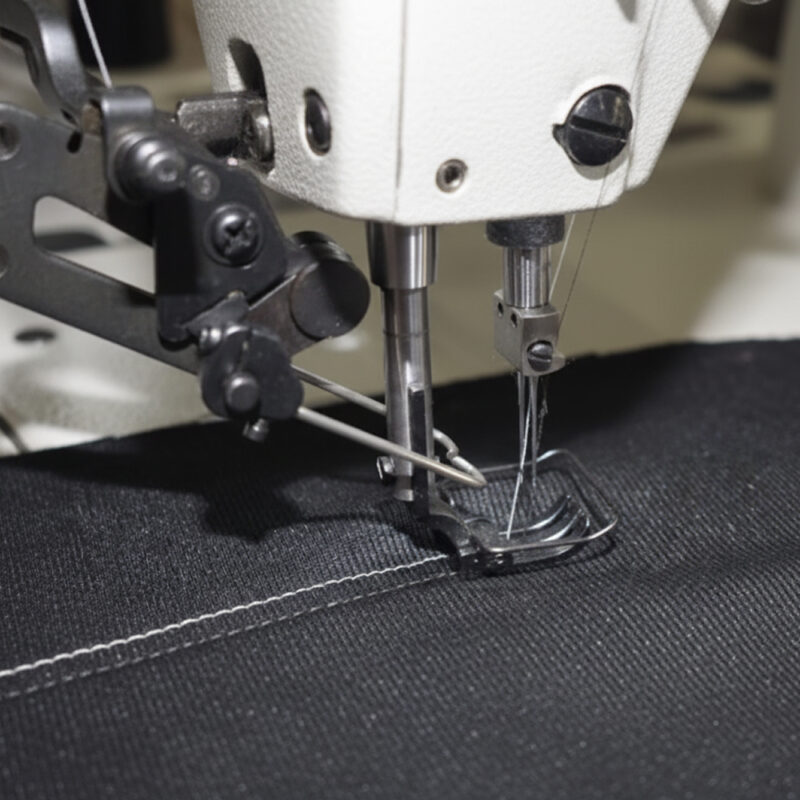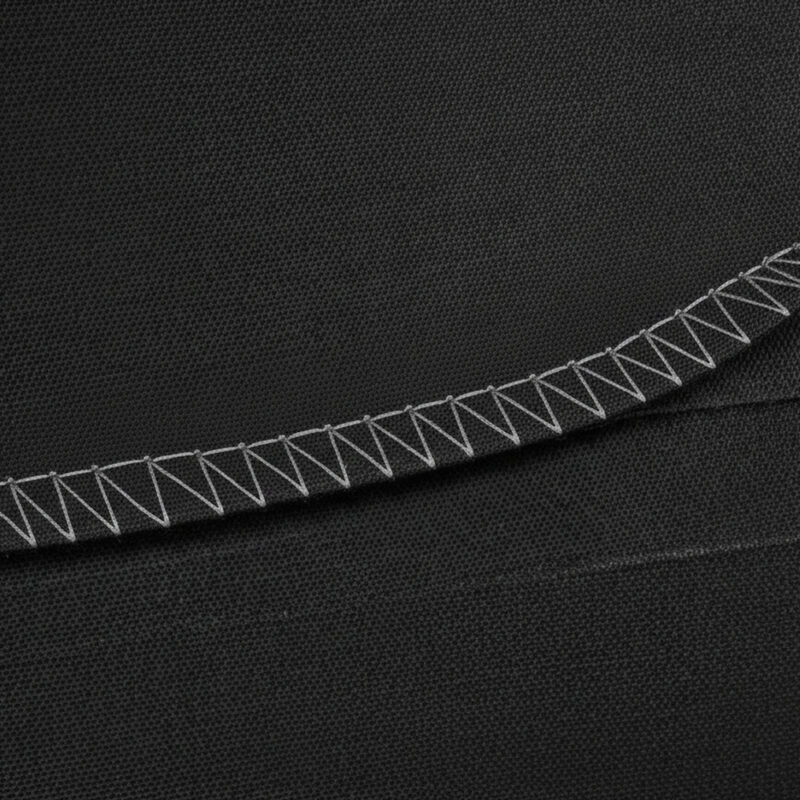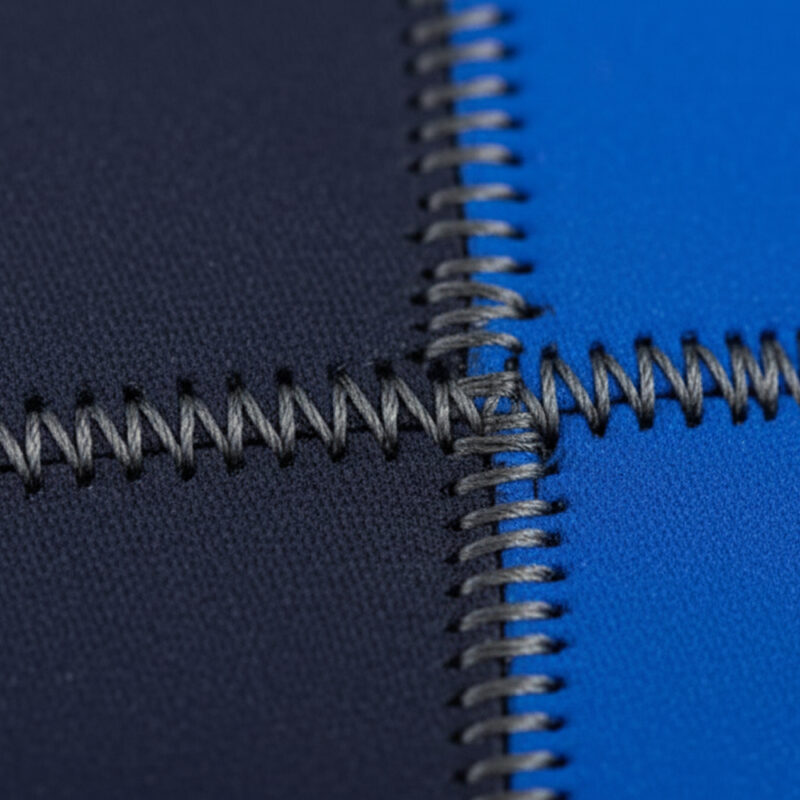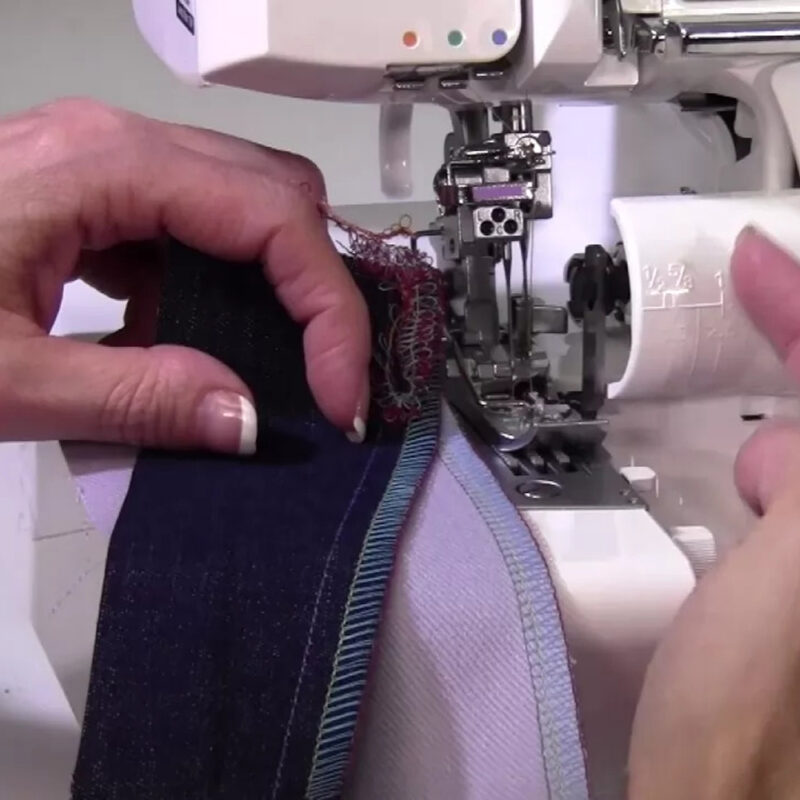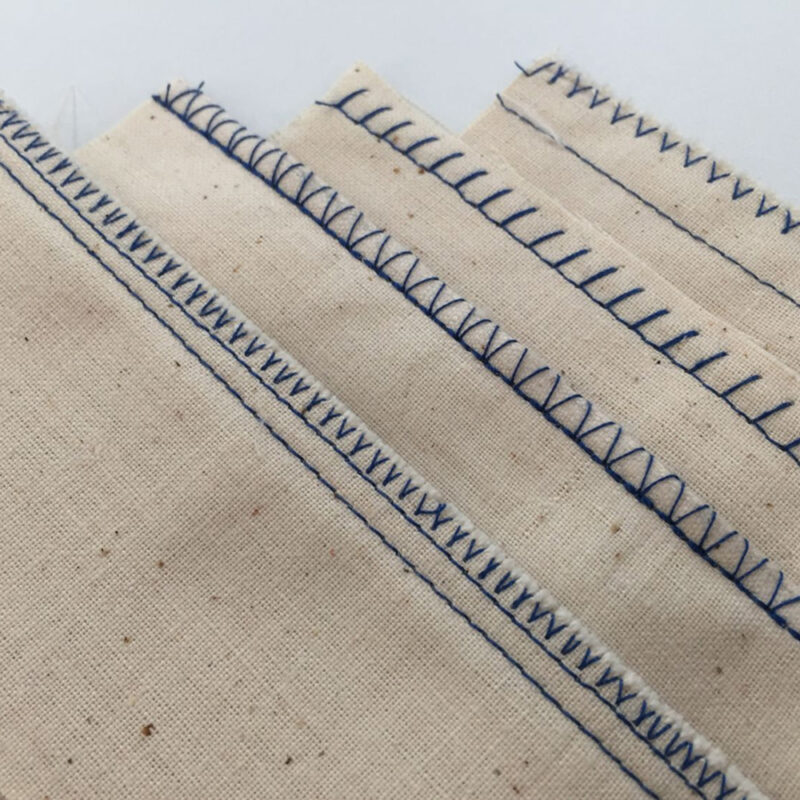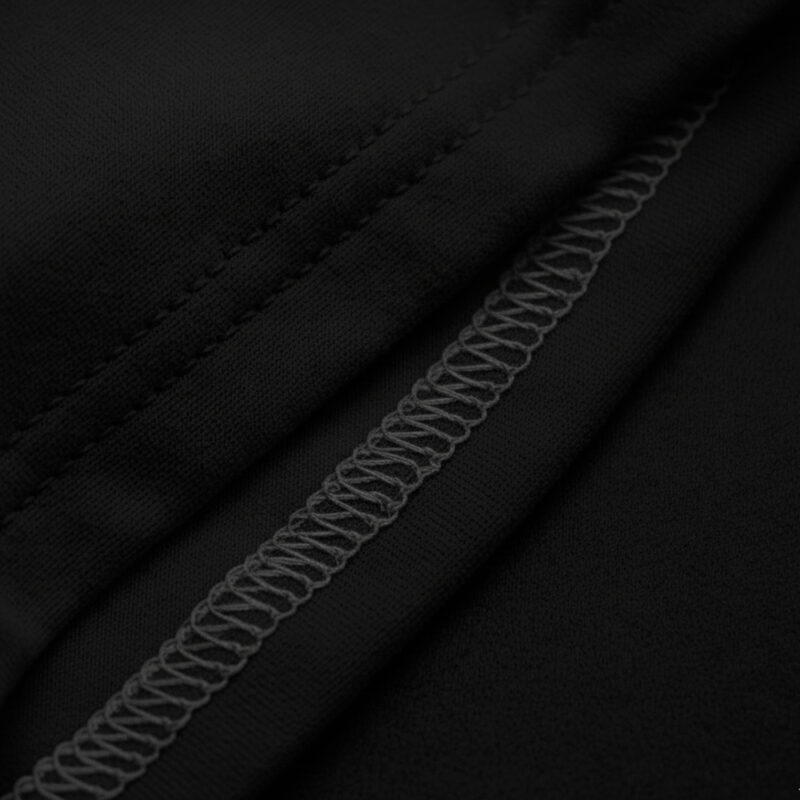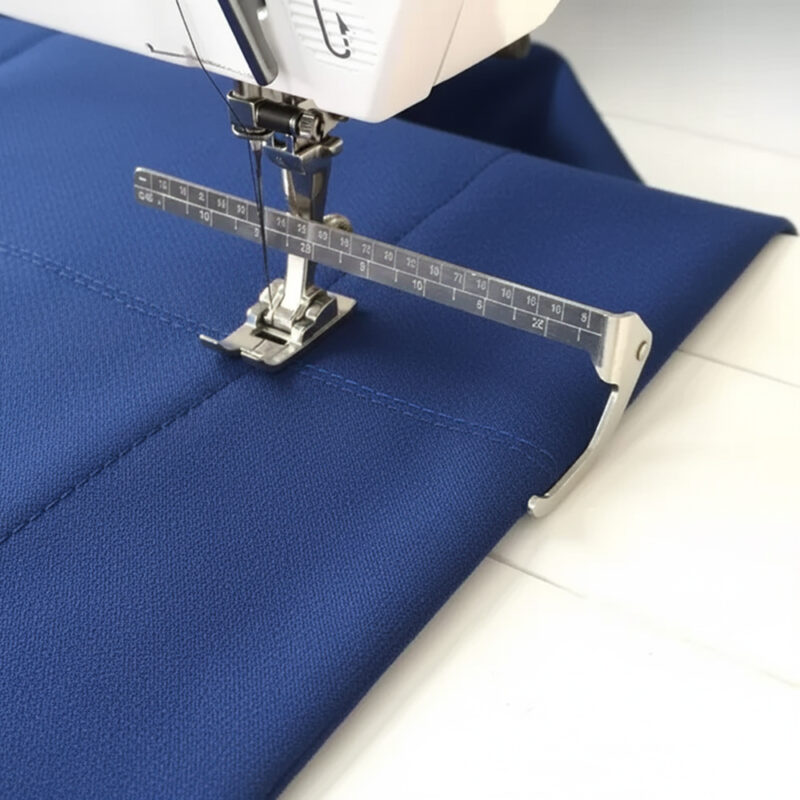At Sarhan Sports, we’ve been perfecting the art of professional stitching. Our skilled craftsmen understand that quality stitching isn’t just about joining fabric together – it’s about creating durable, comfortable, and beautiful garments that stand the test of time.
We specialize in seven distinct stitching techniques, each carefully chosen for specific applications and fabric types. Whether you need repairs, alterations, or custom work, our experienced team delivers results that exceed expectations.


